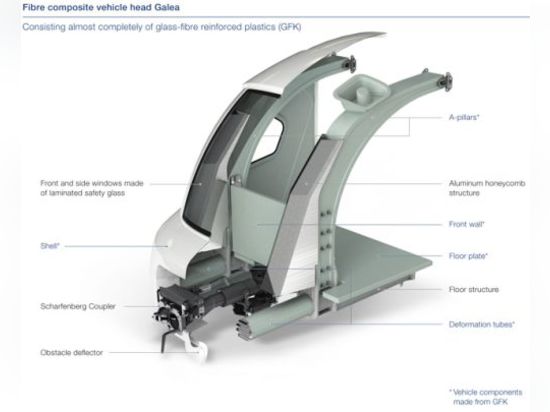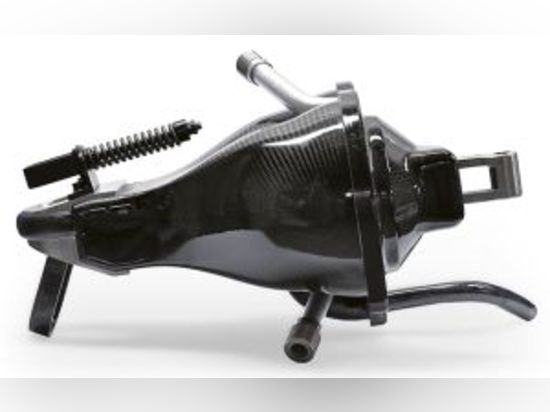
#Transports: Automotive/ Aerospace
Voith to introduce new composites for rail
“Future rolling stock and infrastructure in the UK is at a materials crossroad,” noted Justin Cunningham, editor of Engineering Materials magazine, in a recent blog “Is rail industry set to lightweight with composites?”
He related that the national trade association, Composites UK (Herts), held an event to introduce composites to the rail industry for consideration on future projects such as High Speed 2, the high speed rail project to begin construction in 2017, initially extending from London to Birmingham (Phase 1) and then branching to both Manchester and Leeds (Phase 2).
Cunningham relates, “There is genuine interest from the [UK] rail sector to lightweight, increase efficiency and better exploit materials technology. It knows it is behind the technology curve compared to other industries and wants to see improvement on the new projects now coming through. Indeed, Chinese trains and rail infrastructure have seen composites applied to great benefit.” But he is unsure when and how the UK rail industry will move forward with composites.
Voith Turbo has no such hesitation. A division of the global engineering company Voith GmbH (Heidenheim/Brenz, Germany), it has announced it will introduce a lateral energy absorber made of glass fiber reinforced plastics (GFRP) and aluminum at this year’s InnoTrans, International Trade Fair for Transport Technology (Sep. 23-26, Berlin, Germany). Offering a potential 60 percent weight reduction vs. standard steel absorbers, this new GFRP energy absorber was developed as part of the crash energy handling design of Voith Turbo’s new Galea vehicle head and front end systems.
Train front ends must bear extreme loads when impacts occur. Voith’s new GFRP energy absorber comprises a fiber composite crash tube with an aluminum bearing and an anti-climber plate to provide excellent corrosion resistance and longevity. The system also complies with fire protection requirements according to the standard EN 45545-2:2013, class R7/HL3. With a total weight on only 70 to 95 kg (154 to 209 lb), it offers a constant energy absorption behavior at an outstanding energy to weight ratio, saving up to 600 kg (1,323 lb) per vehicle when equipped with four absorbers.
Other benefits include reduced size and mounting space required. In the case of a crash, the fiber composite crash tube defibrates (i.e. separates into its fibrous components), and thus can be easily deflected below the vehicle underframe. This allows mounting space behind the absorber to be reduced to 30 cm (≈ 1 ft). The absorber can also be adapted to the customer’s requirements, for force levels between 600 and 1600 kN at a maximum consumption length of 1000 mm (3.3 ft).



